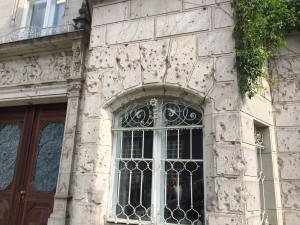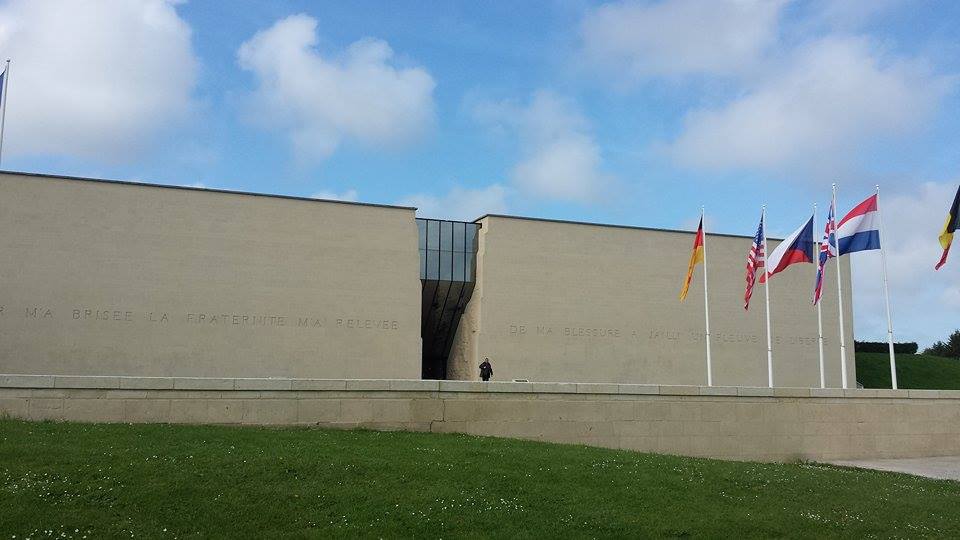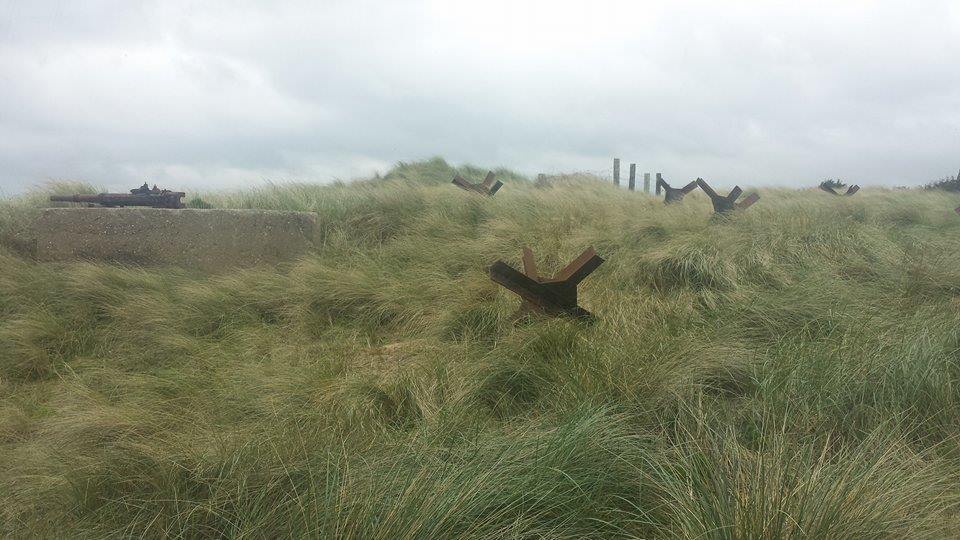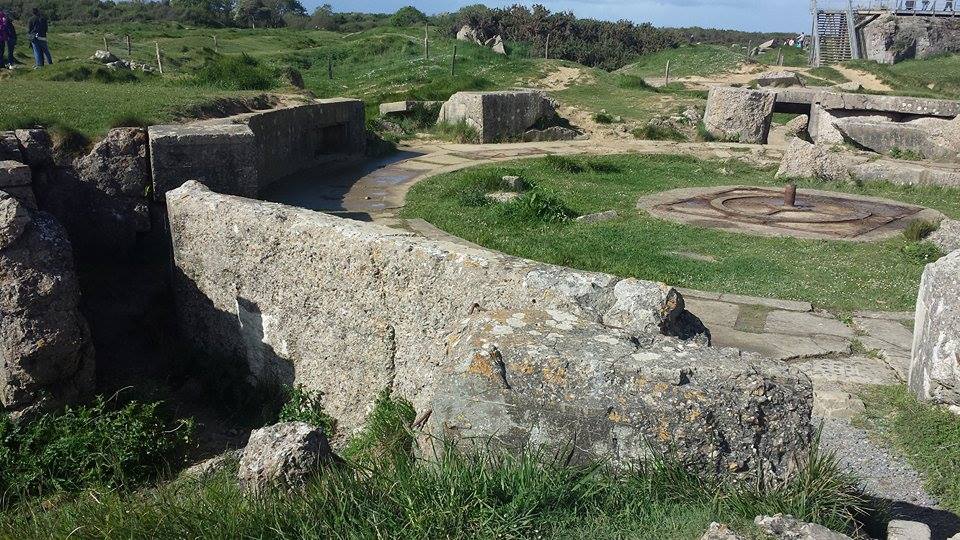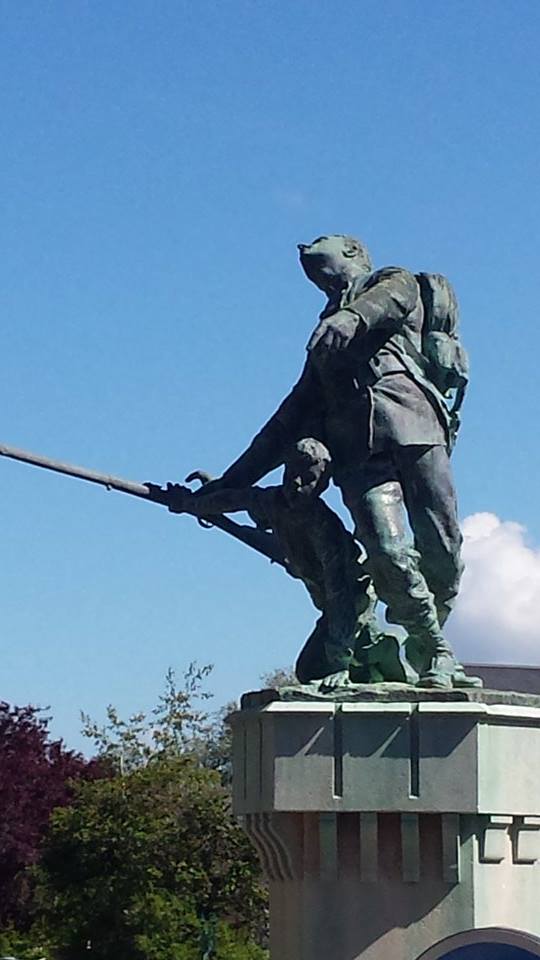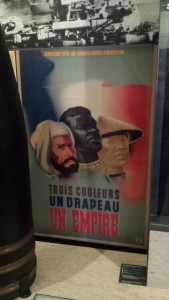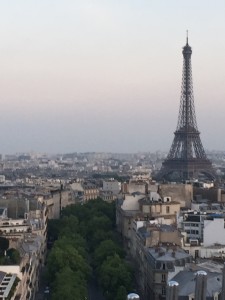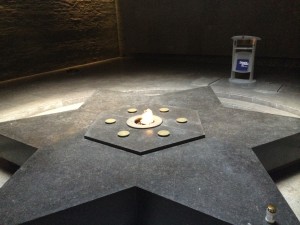I will very briefly cover my experience with flying out of the country for the first time, for an extended period of time, without my family. It began after a 7 hour layover in Toronto, then Conor and I flew into Ireland. Landing in Dublin and seeing all of the chaotic Gaelic signs, it finally hit me that I had officially landed in my first foreign country. It was safe to say that I had absolutely no idea what was going on. At that point, it was more exciting than nerve wracking, and I was almost giddy.

Our first meal in Dublin: the infamous Nando’s Chicken. The peas were very minty and spicy, and the weirdest thing I’ve eaten in a long time

Absolutely phenomenal ice cream! If you’re ever in Ireland, get the Dingle Sea Salt and the Kerry Cream ice cream! You won’t regret it!
While in Ireland, I took in everything. Foreign birds and plants, ancient looking trees. The accents and tons and tons of diverse cultures. I was struck by how friendly everyone, was, and how adult the elders regarded me.
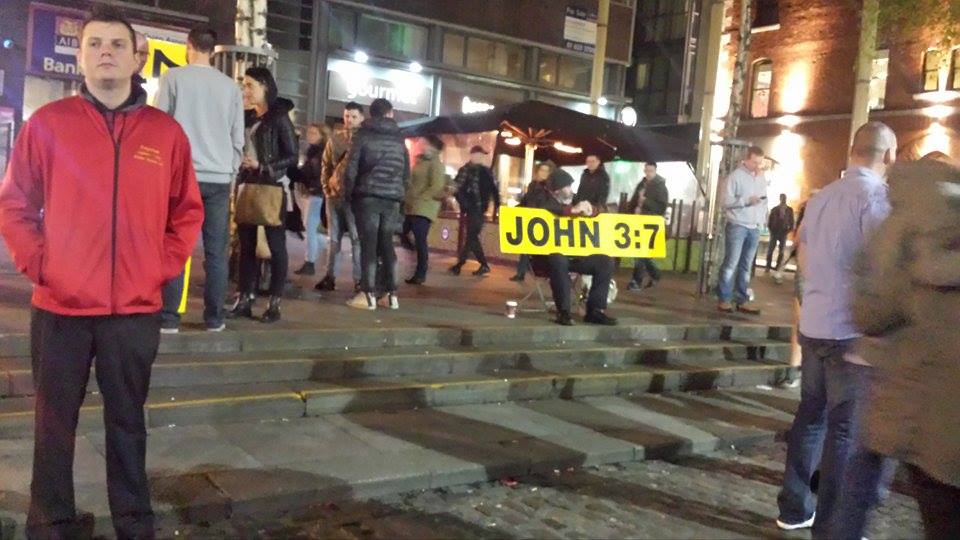
This was by the popular tourist pubs in Dublin on Friday night. I had to laugh, for this picture showed the juxtaposition of a very Christian country with “hen” and “stag” (bachelor and bachelorette parties) running around behind this man.
Touring the prison museum of Dublin, I got unique insight that I was able to apply to what I saw in the imperial war museum for World War I and the Irish Rebellion and Civil War. I am very glad that I was able to practice navigating a foreign city in a place where the people were calm and patient.

Dublin was absolutely beautiful, even though it rained almost every day
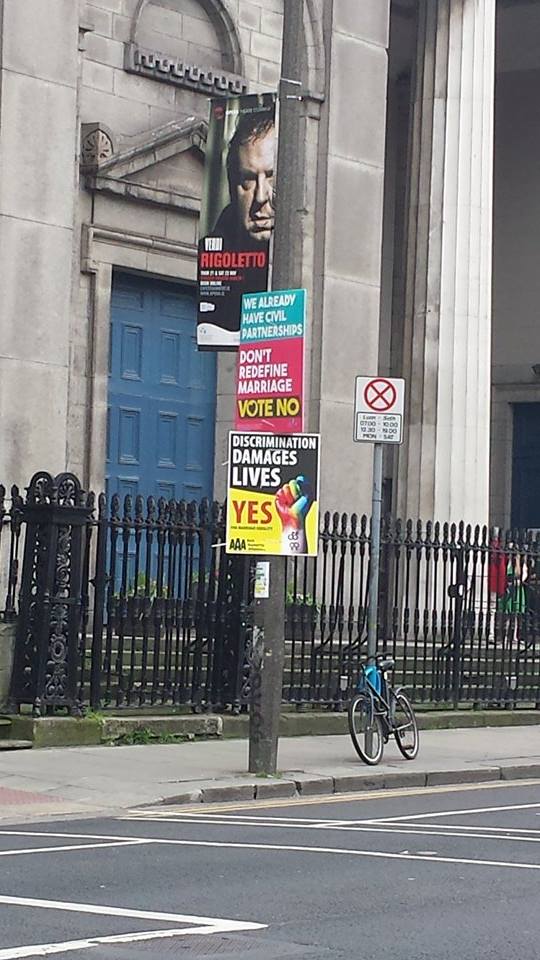
We were fortunate to get to be in Dublin right before this big vote! Opposing parties shown together on almost every lamp post, just like this

On to London!
Now landing in London was a whole different story. We landed in an airport so far away from London that we needed to take a shuttle bus and a train to get there. I felt like I kept making mistake after mistake, and when we finally got on the train, a man working with the train assisted us to First Class to better accommodate Conor. Within moments and after a breath of relief, an older British gentleman came on and stared at us, confused, and reminded us that we happened to be in First Class, and that we’d need to pay extra for that privilege. I was less than pleased, to say the least.
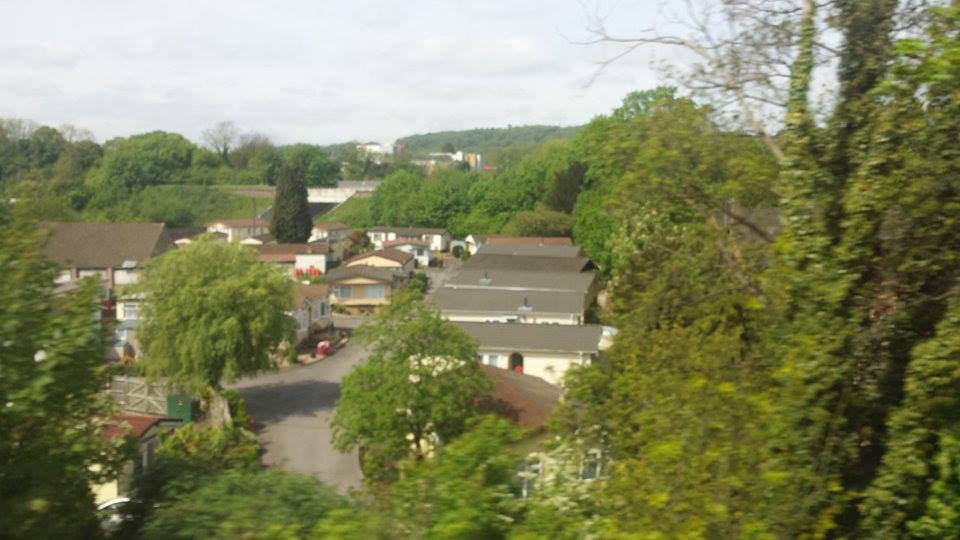
London? Where are you?

The Underground Station! Saw Zayne from One Direction shortly after this picture was taken
On top of that, The Underground, (which I didn’t even know what it was) posed a lot of issues because of how much luggage there was to manage and trying to navigate something I had never even kind of before while helping Conor, who had recently broken his ankle and has been unable to walk for almost two months now. It was very hectic and people seemed to be in great stress everywhere the whole time. Everyone around me made it harder to do anything and seemed solely interested in getting themselves where they needed to be. They pushed past Conor and I onto the trains, almost knocking him over and throwing me off balance because of a 50 pound backpack I had on. I was livid, confused, and exhausted. After barely making it through that, feeling almost defeated, came finding the hotel in a foreign country without having our resources available. Walking outside, aimlessly in the heat with all of the weight and back pain, with Conor miserable and struggling to move, et cetera, et cetera: that was the low point of my entire time in Europe thus far. After running into a wonderful older British couple who just so happened to be as lost as we were, and who had helped us earlier by giving us a reassuring glance as we left the Underground car. They lead us around the wrong block a couple of times, which was not terrible since we had just finished doing the exact same thing and it was understandable how easy it was. And at this point, I was just so mentally exhausted I just followed whoever was in front of me. To wrap this up: we found everyone, everyone was happy to see us, and I got to go out and explore London within 10 minutes of finding the hotel. At the time, I wanted nothing more than to sleep and stop moving, but I am glad that I went out when I did.

So many stairs

Our comrades, saving the day again
I am sorry to have been so negative for this whole portion, but it honestly took me a long time to recover and enjoy London and to give it its fair shot. It was a wonderful city, just too fast a pace for me. I enjoyed the parks and the beautiful historical buildings, and there was never a dull moment anywhere.

Making the best of everything

The Imperial War Museum
The imperial war museum blew me away. I had seen the technological side as well as the technicalities of cause and effect relationships of things instead of only presenting the remembrance of victims. I was particularly struck by the trench exhibit, the Big Bertha side notes, the Shell Shock videos and the Auschwitz scale and German propaganda films.
London had people from all ages and seemingly every country.I couldn’t help but see signs in the underground halls about Xenophobia, and I am glad to have not seen any while I was there.
The Churchill War Rooms took me longer to be impacted by than the imperial war museum. The film before the tour giving background context and the thick and visible concrete slabs above helped me feel that it was not just a basement. I was very glad to have had the audio guide while navigating. I would have missed a lot of little details, such as the Hitler doodle on the map that hung from the meeting room’s wall.
I then visited Westminster and the Tower of London. The sheer number of years of history was shocking, and there is nothing that is as old as simple aspects of the UK, such as a water company that my waterbottle was from that was 750 years old.
The Bletchley area had a much older demographic than the other areas we visited. I am not sure why this was the case, but all seemed to have some background knowledge of what they were looking at in the displays.
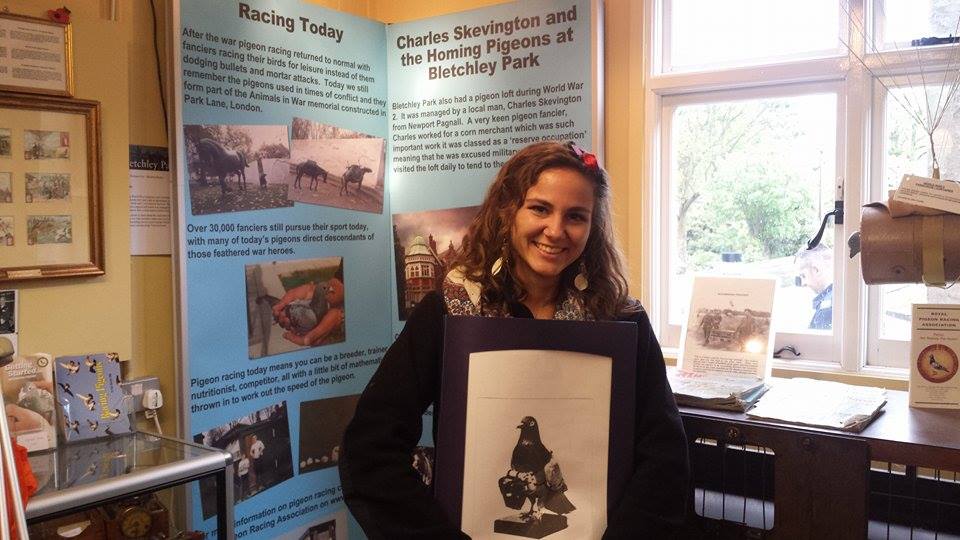
Thank you, Dr. Steigerwald, for having the pigeons included in the tour! 😀
Walking through the park to Kensington Palace, we heard a helicopter and ran towards the palace to see armed guards and a caravan of cars. It turned out to be Prince Charles. The statues, guards and incredibly ornate palace was shocking after never having experience with any sort of royalty. Later that evening we went and ate Chinese food at a local restaurant and the dichotomy of live style was incredible.

Photographic evidence! It really happened!
The last day in London, we started it off with the London Eye. The aerial views were incredible. The day began and ended with tours, and I was very grateful for wrapping up London in that way. After the London eye, the plan was to go to the Shakespeare Globe. After wandering aimlessly, we ended up being closer to the British Museum. There was so much that it was hard to comprehend what I was looking at. The Rosetta Stone and Sphinx’s beard piece did not register as being what they were until later.
For our final dinner in London, we went to our favorite pub and got fish and chips, and I cannot think of any other more appropriate meal.

Our favorite meeting place
Entering the gates at the museum, we we were handed a flyer for a ghost tour that was how we concluded our evening. The history, the views and humor was the best way to end the day.

“Loved it”- Johnny Depp
after seeing that quote on the top, we were sold and laughing hysterically
Overall, I honestly have to say that I do not know when I will be up to going back to London. The calmer evenings there were my favorite, and I don’t think that is somewhere I could live.
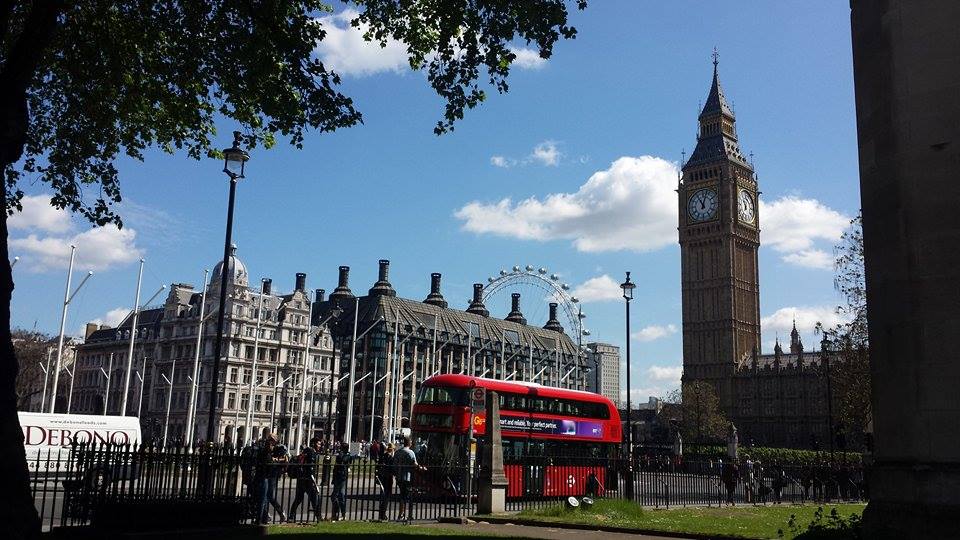
London, summarized


